- Cannabis Indica is one of the two main types of cannabis.
- In contrast with Cannabis Sativa, Cannabis Indica strains produce a sedative effect, which is ideal for those seeking relaxation or a better night’s sleep; and also for anxiety, pain, and muscle spasm sufferers.
- When choosing a cannabis strain, users do not need to opt for a pure Indica or a pure Sativa: cannabis hybrids can offer the best of both worlds.

Have you ever wondered what's the difference between Indica and Sativa varieties? They smell and look similar, so you're probably thinking that their effect is the same, right? The truth is that even though they are two species of the same family, they are clearly different.
They exhibit unique growth features and antagonistic effects, and are used for different medical purposes. Understanding these variations can make all the difference for patients suffering from several disorders, as this may help them find the most suitable strain for their needs.
What is the meaning of Cannabis Indica?
In his original 1753 classification, the botanist Carl Linnaeus only identified one cannabis species, Cannabis Sativa L., which is nowadays known as hemp, a non-psychoactive plant grown in Europe to produce fibre to make rope, sails for boats, etc.
But in 1785 another distinguished biologist called Jean-Baptiste Lamarck received several cannabis samples that had been collected in India and produced a euphoric effect when smoked or ingested.
Due to their unique features (firm stems, thin bark, and the unique shape of their leaves and flowers), Lamarck felt that the plants that these samples came from should be differentiated from Cannabis Sativa, the strain that was being grown in Europe at the time. Therefore he invoked a new subspecies, Cannabis Indica, which referred to those plants grown in India almost exclusively for their medicinal and psychoactive properties.

Apparently Cannabis Indica plants evolved separately from an ancestor common to all cannabis subspecies that emerged in Central Asia. These plants are believed to originate from the Asian subcontinent or Afghanistan, more specifically from the Hindu Kush mountains, where they adapted to grow in adverse, cold climate conditions.
This could be an explanation for the outstanding resin production of Indica strains, which probably acted as protection against the harsh climate conditions that these plants endured in the mountain regions. This resin is ideal for making hash, which is the most common form of marijuana consumption in the Eastern hemisphere.
Thus, Cannabis Indica refers to all cannabis varieties that originate from the dry regions of South and Central Asia, such as India, Nepal, Afghanistan, Turkey, South China, and Pakistan.
These areas have a really dry climate up until October, when the monsoon season starts. The approach of this high humidity season means that Indica plants have evolved to flower early before this autumn rain arrives, so as to avoid mould caused by moisture. This is why the Indica strains normally have a shorter growing phase than their Sativa counterparts, and once they start flowering they only grow 25-30% in height.
Due to unknown evolutionary reasons, the leaves of Indica plants develop different red and purple hues in colder temperatures.
How to identify Cannabis Indica plants?
A typical Indica is a compact and bushy plant, with a thicker stem than its Sativa sisters', that usually reaches an average height of 1.5 metres. Its main characteristics are as follows:
- Generally speaking, Indica leaves are dark green, although some specimens can display purple or almost blue tones. These leaves are composed of shorter and wider blades, designed to minimise water loss during perspiration.
- Indica strains tend to produce more side branches than Sativa varieties, which makes them look more dense, bushy, thick and wide, like a small fir tree.
- The Indica flowers group together around the nodes (the areas on the stems and branches from where sets of leaves sprout). These buds often weigh more than Sativa buds with a similar size, as they are more dense and compact.
- Therefore, Indica plants are less productive but their shorter vegetative period makes up for it. Due to their condensed life cycle, they are ideal for indoor growing as they don't grow as huge as the Sativa strains.
- Indicas are also a great option for terraces, balconies, or for outdoor growers who value discretion. They are harvested in September, which makes them highly valued in cold areas and regions with frequent autumn rains.
Indica aromas and flavours
Indica cannabis strains can display many different terpene profiles, with aromas and flavours of musk, grapes, berries, or other wild fruits. They are usually more earthy and humid than Sativas, which tend to be sweeter and often showcase fruity, citrusy, or spicy aromas.
A recent scientific study that analysed the terpene composition of some Indica varieties and compared it against that of Sativa strains, revealed a higher myrcene content (of up to 60-80% of their terpene profile) in the Indica strains. This gives us a good indication that myrcene combined with THC may produce a highly physical and hypnotic effect, which is characteristic of the Indica varieties.
It is commonly agreed that Indicas exhibit more soothing and sedative effects than their Sativa sisters, which are characterised by their stimulating, energising, and cerebral effects. In general terms, Indicas also produce higher quantities of other sesquiterpenes like humulene and caryophyllene, thus creating an intense, dense aroma that can be smelled from miles away.
Indica effects
Most Indicas showcase a rich combination of THC, CBD, and CBN. Sativa plants often produce a higher amount of THC than of other cannabinoids, whereas Indica plants frequently contain significant levels of the three.
Indica plants tend to produce more physical effects than Sativas, such as enhanced physical sensations, relaxation, dry mouth, or red eyes.
These effects are normally associated to a 'body high' as opposed to the Sativa 'head high'. This does not mean that Indicas do not produce any psychoactive effects but that their physical effects are simply more noticeable.

This is why Indicas are well known for their sedative effects. They might not be the best choice for daytime use, but they are ideal for night use, and have become increasingly popular amongst insomnia sufferers.
But Cannabis Indica can be useful for other things too. It has also proven effective in the treatment of chronic pain sufferers who are not willing to take opioid painkillers in the long term.
Indicas also work well as antispasmodics or muscle relaxants in the treatment of conditions such as multiple sclerosis or fybromialgia. The analgesic properties of Indicas also make them effective in the treatment of headaches and particularly migraines. They are also highly recommended for anxiety and panic attack sufferers due to their remarkable calming effects.
Most acclaimed Indica varieties
It is difficult to identify a strain by its name, but, as a general rule of thumb, any name that includes the word 'Kush' tends to be Indica-leaning, whereas the names ending in 'Haze' are usually Sativa-dominant. Take a look at these 5 Indica-dominant strains from our catalogue that we have picked for you:
- Remo Chemo
- Purple Afghan Kush
- OG Kush Autoflowering
- Critical + 2.0 Autoflowering
- California Hash Plant



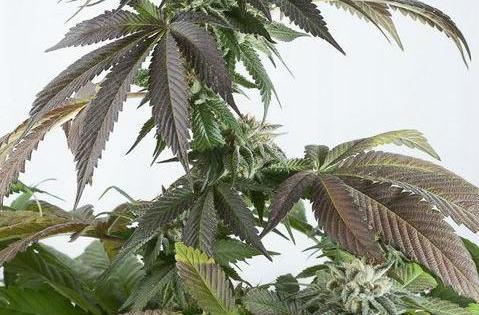

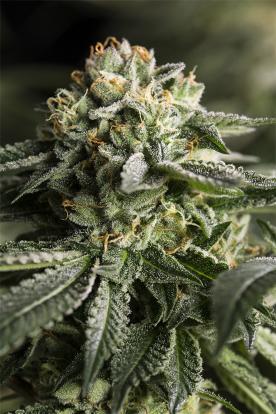
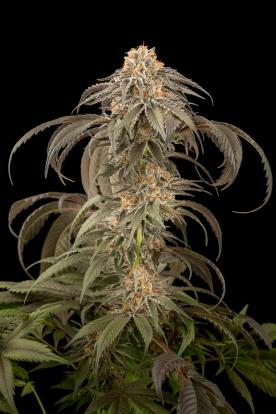
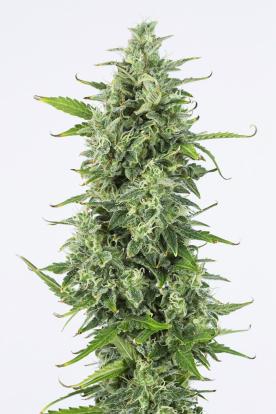
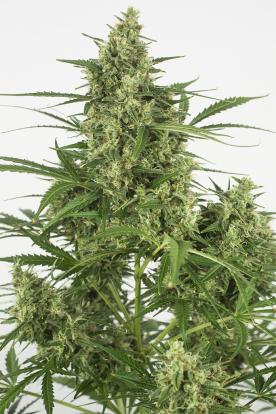
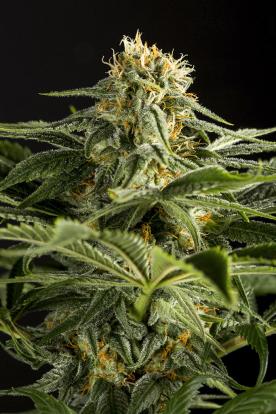
Comments from our readers
There are no comments yet. Would you like to be the first?
Leave a comment!Did you like this post?
Your opinion about our seeds is very important to us and can help other users a lot (your email address won't be made public).